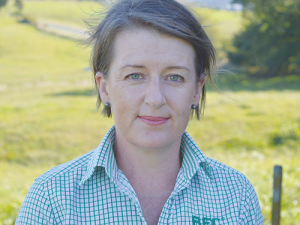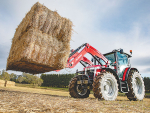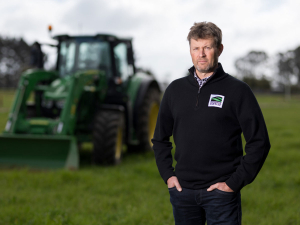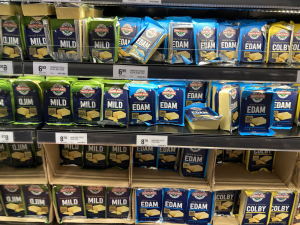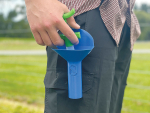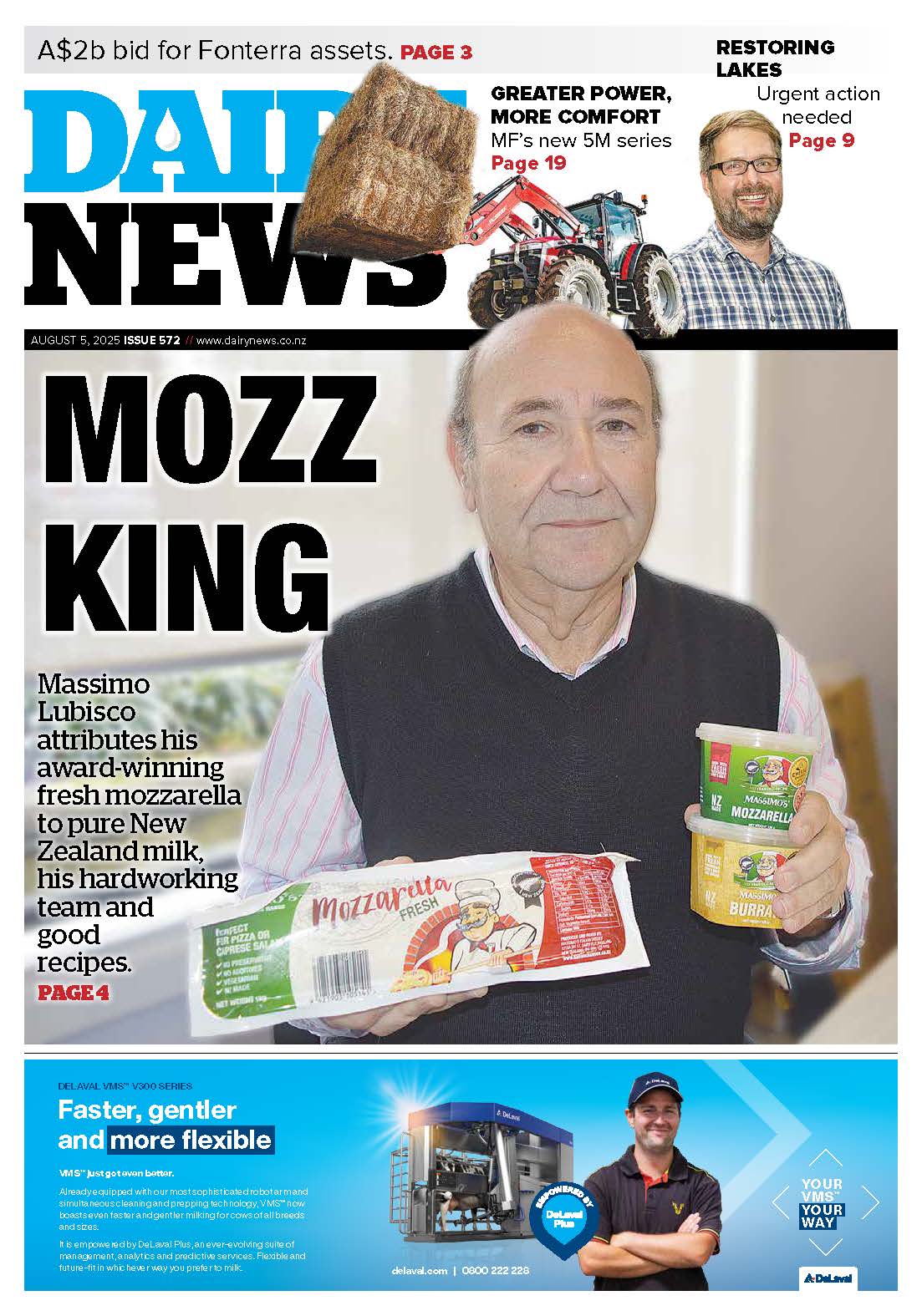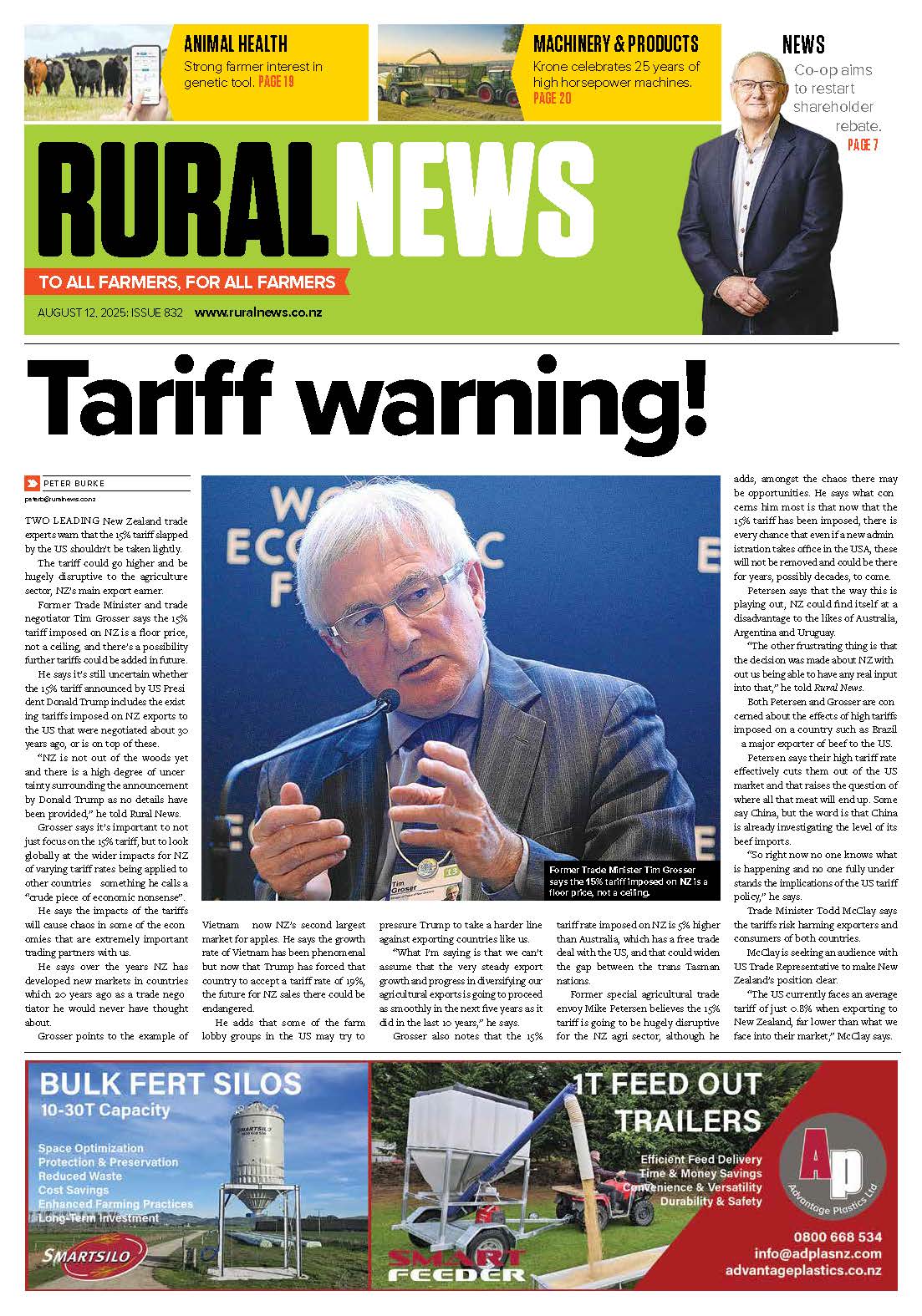Pressure, globally, to implement ‘responsible’ use of antibiotics -- meaning “using as little as possible and as much as needed, to not compromise animal health” (Dairy NZ) -- is encouraging farmers and health professionals to explore non-antibiotic strategies at dry-off.
Providing the best-possible complement to the cow’s natural defence system should be a focus at dry-off, especially if DCT is not being used, and this, in part, can be achieved by optimal trace mineral supplementation.
Selenium is an essential biological trace mineral that serves many purposes including being required to activate or ‘turn on’ antioxidant enzymes such as the important Glutathione peroxidase (GPx) as well as being a critical constituent of the immune response. The effect of selenium on the immune response and disease resistance has been studied extensively, especially with regard to bovine mastitis. Optimising the immune function and supporting the general health of the cow is an integral part of disease prevention, and a good selenium status is necessary to support this.
Selenium sources fall into two categories; inorganic (selenite and selenate) and organic forms (selenium yeasts or hydroxy-selenomethionine) and in order to be effective the selenium needs to be supplied in a form that is bioavailable (a form that the animal will utilise). Inorganic selenium is poorly absorbed, especially in ruminants, as rumen microorganisms reduce inorganic selenium to insoluble elemental selenium which is poorly absorbed by the animal and excreted in the faeces. Organic selenium in the form of hydroxy-selenomethionine is 100% bioavailable and the selenium can be stored in protein tissue, boosting cow selenium status.
With dry-off fast approaching for spring calving herds, maintaining a low SCC can be difficult. In late lactation, as production decreases, there is less milk volume to dilute the somatic cells. Selenium is an essential component of the powerful antioxidant Glutathione peroxidase (GPx), which is required to maintain the antioxidant capacity of the body (including the mammary gland) and to help fight infection (mastitis). Pre dry-off is the ideal time to ensure, firstly, that the form of selenium being fed is bioavailable and, secondly, that enough selenium is supplemented.
Whilst optimal nutrition can influence the cow’s resistance to mastitis, it should be noted that if mastitis practices are poor, then any potential influence of the diet will be negated. Late lactation mastitis is difficult to manage, and whilst nutrition is only one piece of the puzzle, many farmers struggle to keep on top of it, despite best efforts otherwise.
With the uncertain future use of DCT, some farmers have already acknowledged they are feeling pressure to begin reducing DCT interventions and are evaluating alternative prevention strategies. Bolstering the cow’s natural immune defences with the right form of selenium is a good place to start, and it can be done easily by supplementing liquid organic selenium (Selisseo 2% Liquid) via the drinking water.
• Trina Parker is the country manager for BEC Feed Solutions (NZ) Ltd.





